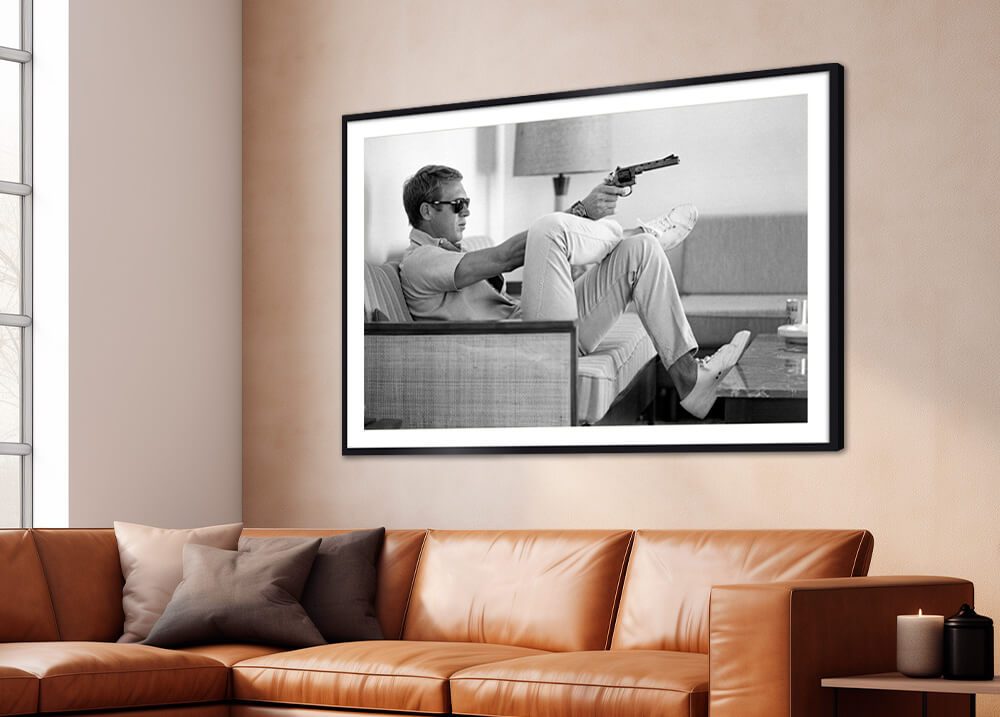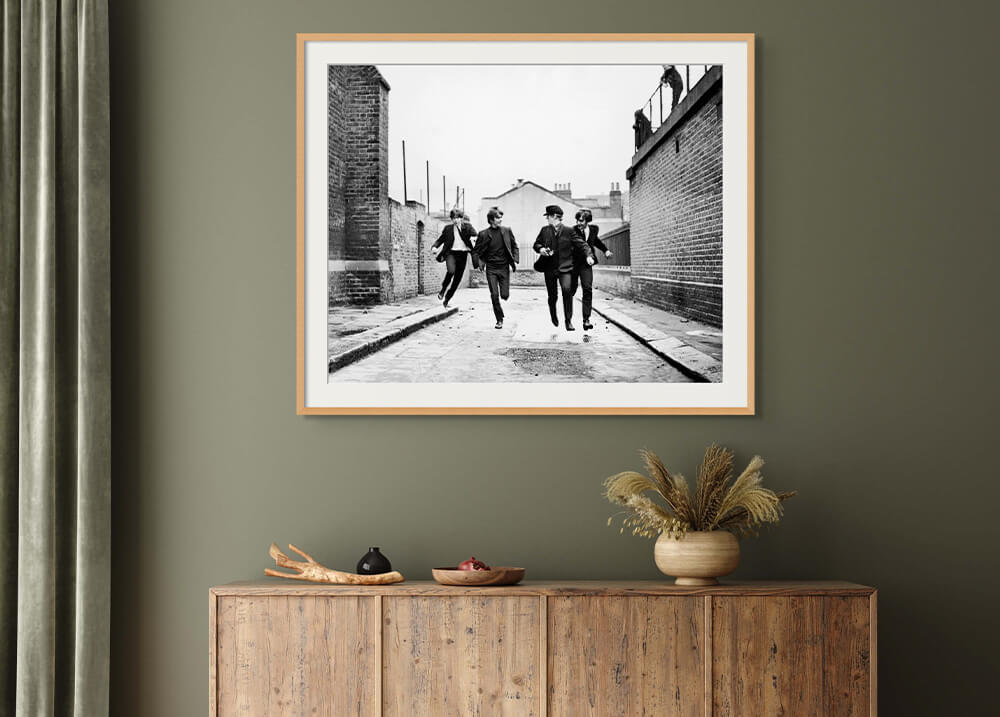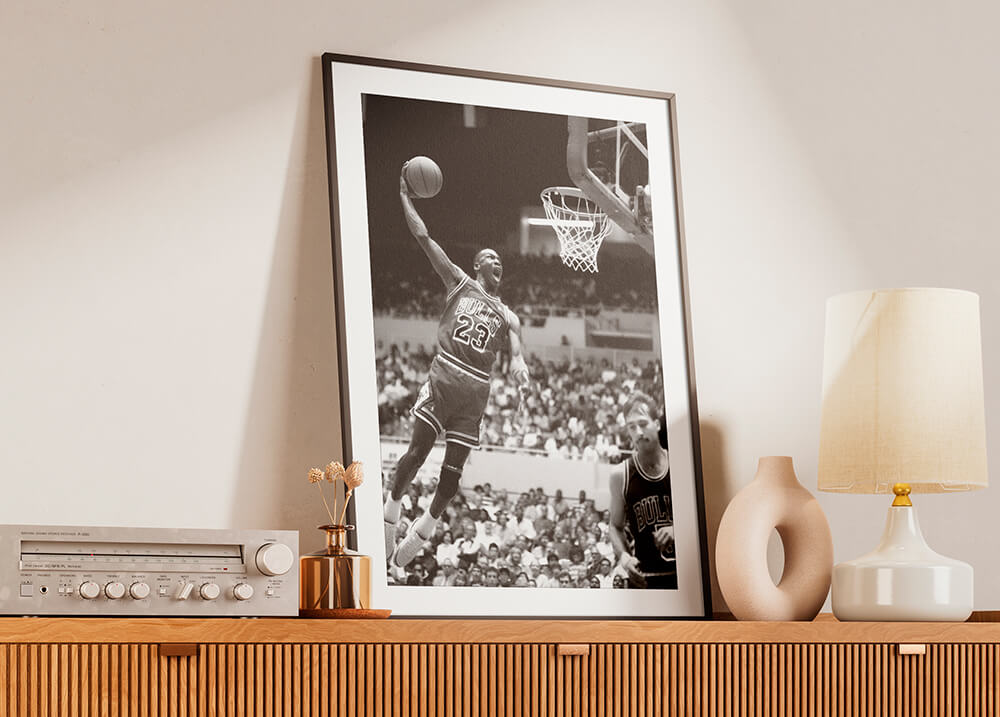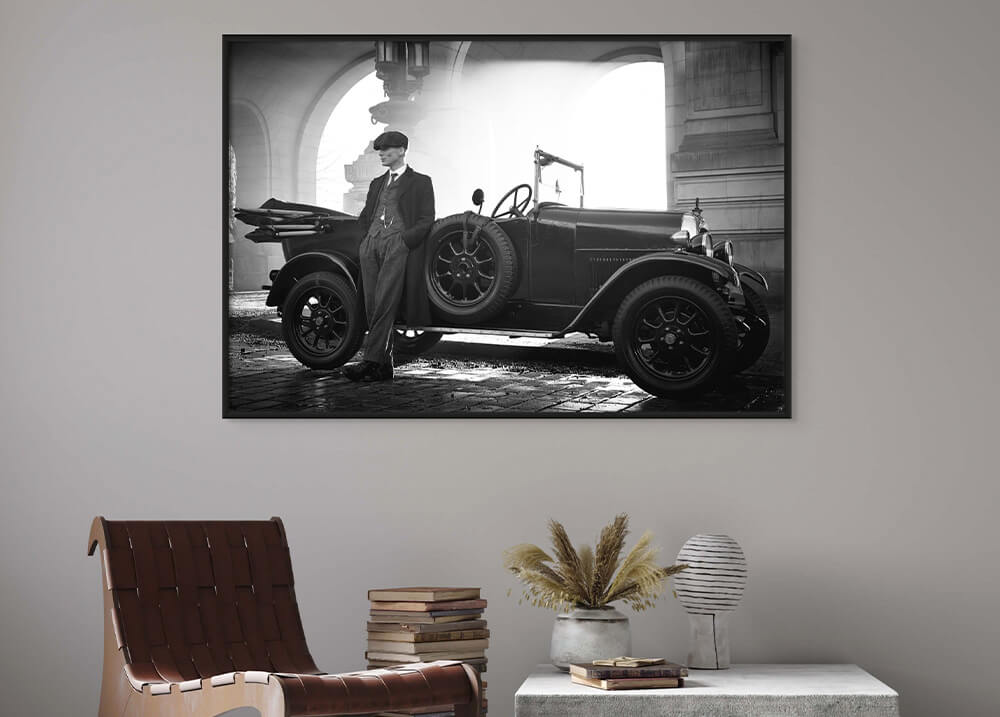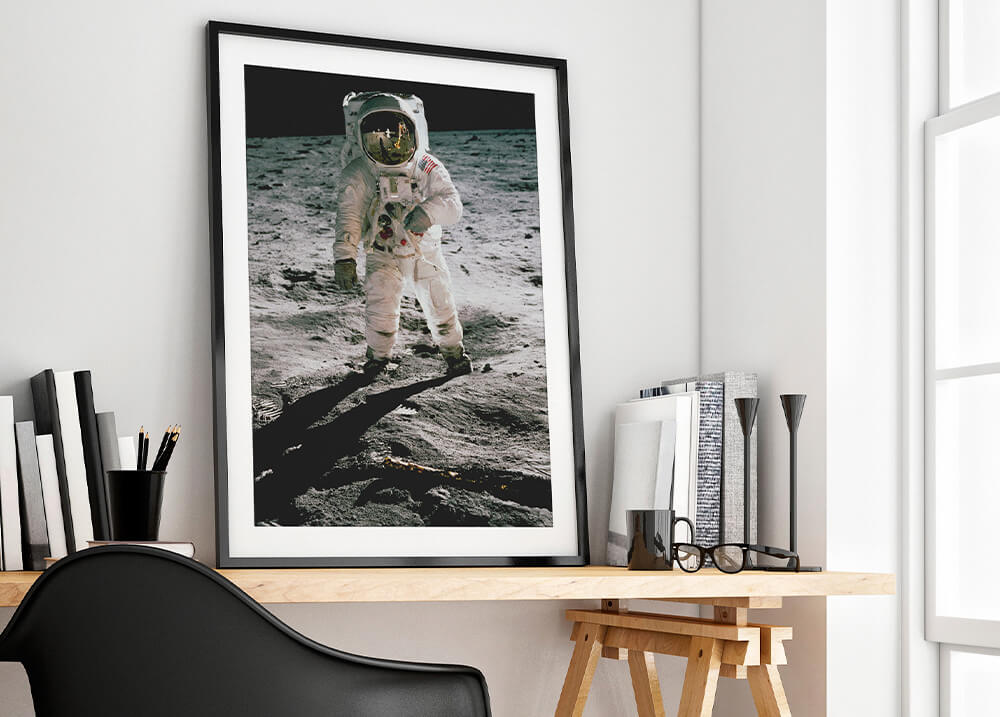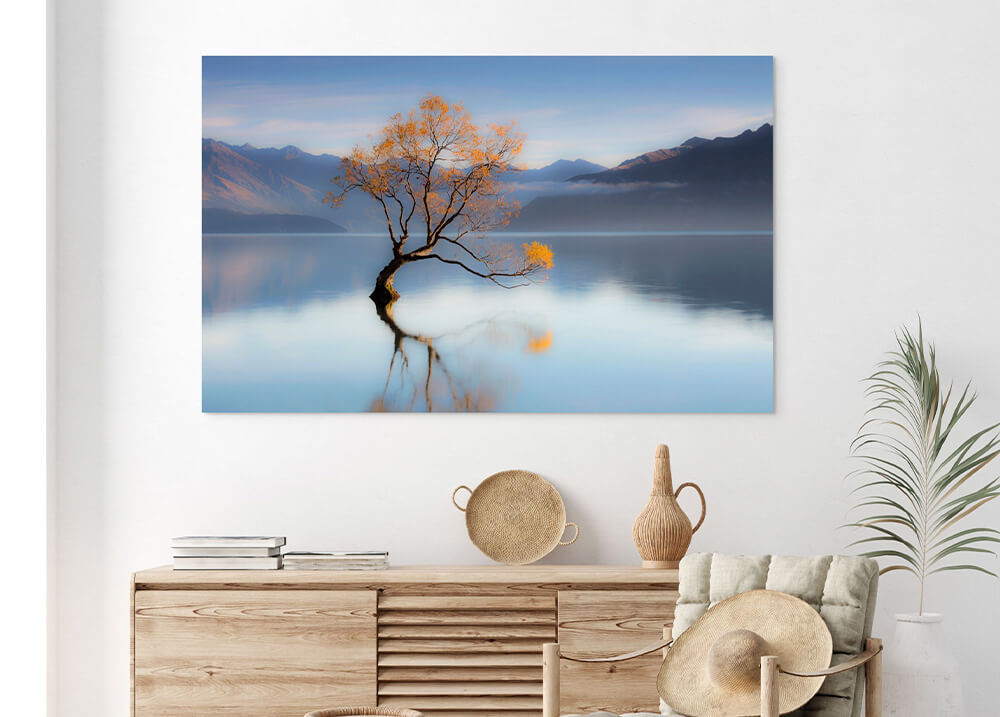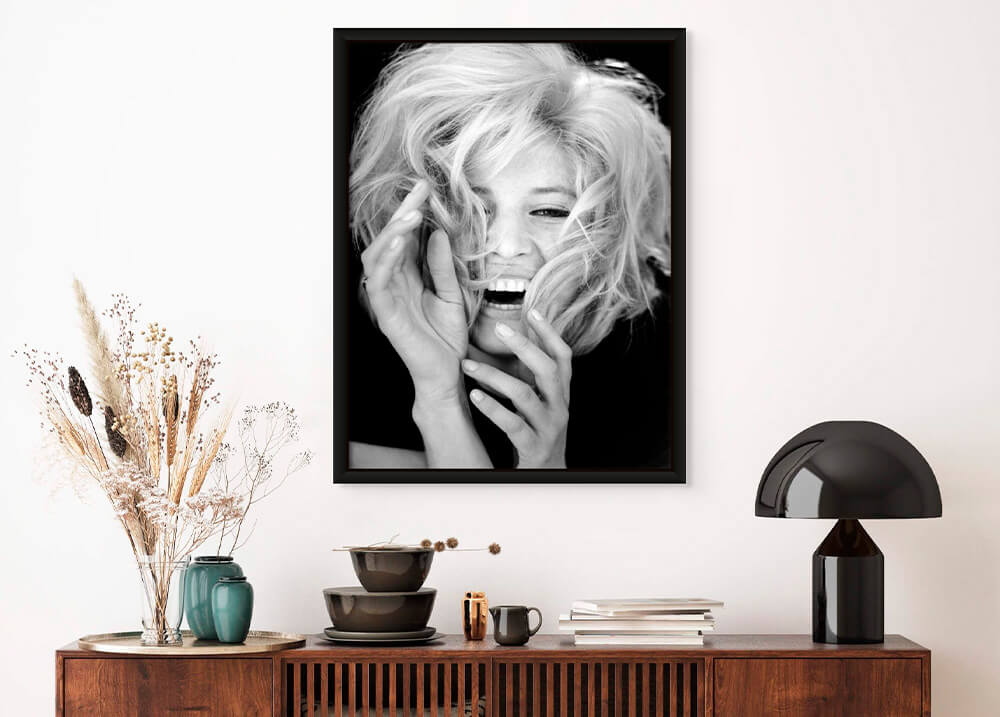Neuschwanstein in Bavaria is a castle in the village of Hohenschwangau in the municipality of Schwangau near Füssen in the Allgäu, built in the second half of the 19th century by order of (the later declared insane) King Ludwig or Louis II of Bavaria. It is Louis II's most famous structure and, with some 1.3 million visitors a year, one of Germany's most popular tourist attractions. Construction was started by Ludwig in 1869 and his intention was to erect a medieval knight's castle. The design of the castle was made by the theater architect and set designer Christian Jank, and Eduard Riedel and Georg von Dollmann were responsible for its execution. Work on the castle was immediately halted upon Louis' death in 1886.
The castle was originally called the Neue Burg Hohenschwangau; it received its current name in 1886 after Louis' death. The first name went back to the castle of the lords of Schwangau which was located on the same site. The medieval castle Schwanstein was located on the site of the present castle Hohenschwangau.
Ironically, the castle, which was built for a single resident, opened to visitors six weeks after the death of Louis II, and has since become a top European attraction. Tourists can go up on foot or (like the king) be taken up by carriage. Walt Disney visited Neuschwanstein before construction of his first theme park began, and it was the inspiration for Sleeping Beauty's castle at Disneyland in California.
